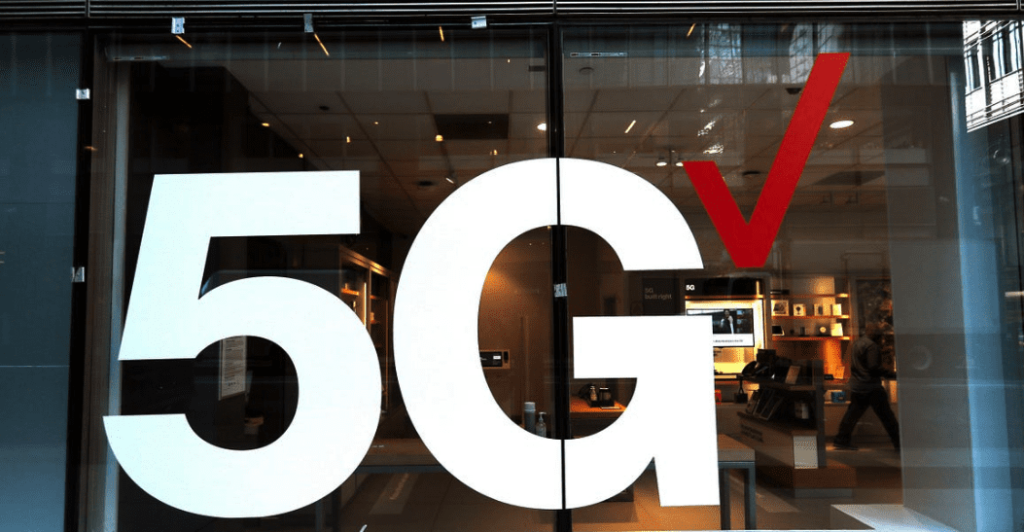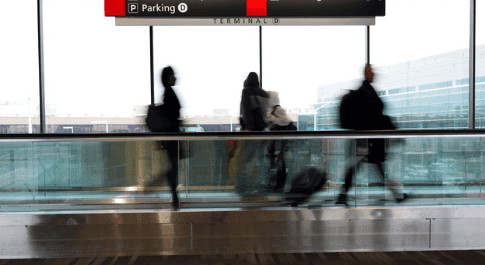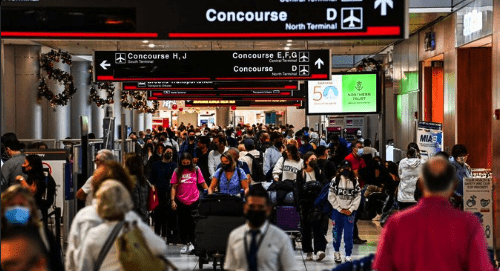
To prepare for AT&T and Verizon’s 5G network rollout, The Federal Aviation Administration (FAA) has selected 50 U.S. airports to have buffer zones to aid in reducing the risk of delays and flight disruptions.
On Jan 5., AT&T and Verizon agreed to postpone their rollout to Jan. 19 after already being paused for one month. This was done in consideration of concerns that the 5G networks could interfere with transmissions from radio altimeters, which could potentially jeopardize airplane landings. The locations were selected based on traffic volume, location, and low visibility. This included busy hubs in Los Angeles, Chicago, New York City, Minneapolis, Miami, Philadelphia, Dallas, and Detroit. The two telecommunications companies have agreed to turn off transmitters and make safety adjustments near these hubs for six months.

“The FAA continues to work with the aerospace manufacturers and wireless companies to make sure 5G is safely deployed and to limit the risk of flight disruptions at all airports,” the FAA stated. The agency also stated that major airports such as Atlanta and Denver were not chosen for safety measures because 5G is not being deployed in those areas, and 5G towers are far enough away that a natural buffer exists.
The new 5G networks will help increase speed and coverage for both AT&T and Verizon users. Billions of dollars have been spent on deploying the new 5G services and purchasing the rights to use “C-band” frequencies from the Federal Communications Commission (FCC) last year. Both companies have consistently proven that 5g networks and aviation can coexist and have used their success in other nations as proof.




